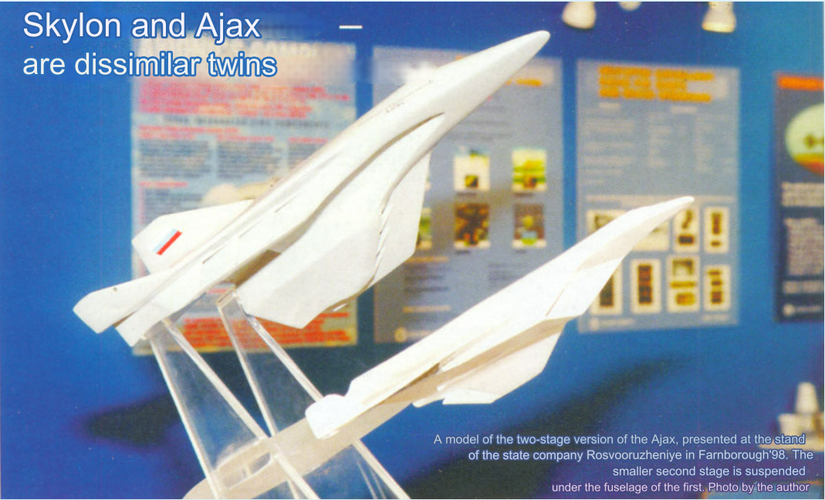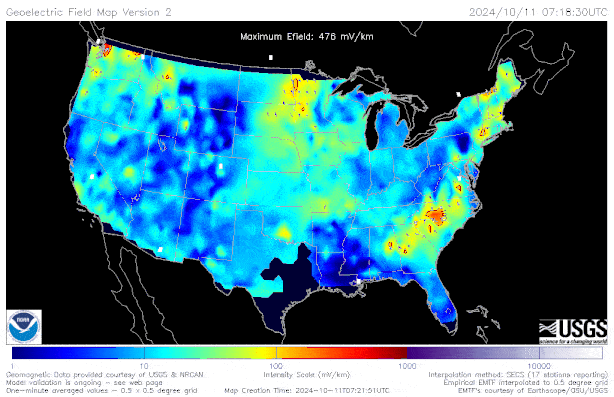So - any chance it was ever workable OR - was it just hype and false hopes in the end ?
My unqualified opinion? No way. I can't imagine a workable MHD propulsion system for aircraft or spacecraft is possible today, let alone 25 years ago. I'm not an aerospace engineer, but I do follow the astrophysical MHD research and have a working knowledge. I also have a lovely portrait of Alfven here somewhere. His smirk always cracks me up. So my issues aren't with the design or concept of MHD propulsion, they're about the interaction of these engines with the atmosphere. I know how much we didn't know about this just a few years ago.
We're really just starting to understand the dynamic electromagnetic medium that exists right above our heads. Well, it starts way under our feet with the geomagnetic field and extends up through the atmosphere to a constantly shifting point of contact with the interplanetary magnetic field generated by the sun. The shoving match between them is the source of the dynamic variability I'm talking about. This was particularly true this year, as we all got to experience a Solar Maximum worthy of the title.
We're just starting to understand that this IS a medium. Our ability to measure the properties of the geomagnetic field in real time and in local space has increased vastly, and what we see is not what we expected. It is nothing like the model I was taught in school. This is exciting! But "variable", "turbulent" do not adequately convey the temperament of the electromagnetic environment we observe as we start moving up from the surface of the earth, and that's the environment an Ayaks-type aircraft would be operating in. (There's quite a bit more variability AT the surface of the earth than previously understood as well, see gif).
Imagine the difficulty of operating a standard jet engine if the basic physical properties of the atmosphere (density, temperature, pressure) each varied by WIDE margins, both in local space and over time, and were not quite so predictably tethered to altitude (yeah, bit of a simplification). Imagine if today the atmospheric pressure is x at 12,000 ft, but tomorrow it's 2x, or it starts the day at x, then spends an hour at 3x, before dropping back to x. So in addition to all of the standard aerodynamic variables, an aircraft employing an MHD drive would have to navigate the electromagnetic variability of this other, far more dynamic medium.
What I've read of the Ayaks (and other MHD designs) describes a system dependent on a fairly static electromagnetic environment to operate, which of course was our model until recently. Now let me change course and say that I do think some kind of MHD propulsion system will probably be workable at some point. I definitely see the possibilities for generating energy. All of this new research just gives us a better picture of what we're dealing with and how we can harness the huge amounts of energy being blasted into the geomagnetic field by the sun at all times. But an aircraft that could safely, consistently exploit these things to power flight 25 years ago? Very hard to believe. All of the tantalizing possibilities I just described would have been obvious back then, but with far less appreciation of the complexities of actually making it work.
I think MHD engines are kind of like scramjets, but several decades younger. We've known HOW to scramjet for like 80 years, but actually building them has been a lot more complicated. For (mostly) good reasons. The knowledge we've gained in the meantime was necessary, though difficult to fully appreciate before the attempt. I think this will also be true of MHD propulsion systems.
(This animation shows an extreme event, not a normal day's variability. Although events like this are expected throughout the solar cycle, not just at solar maximum.)






